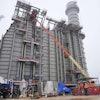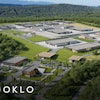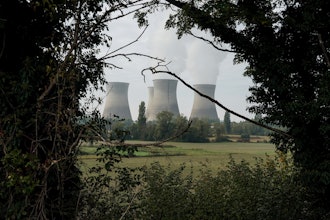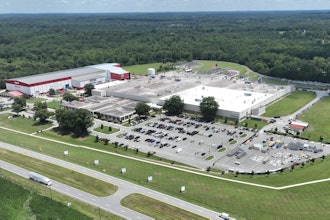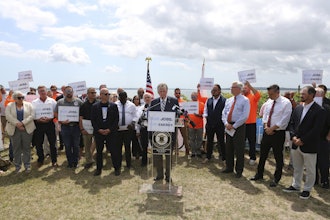Researchers from the California Institute of Technology want to limit the devastation after disasters, like terrorist attacks and industrial accidents, cause explosions.
The researchers used the 9/11 terrorist attacks on the Twin Towers as an example. When the planes crashed into the buildings, the damage was substantial, but it's possible that the buildings could have withstood the impact. However, the fuel on the planes turned to a mist, which ignited, exploded and ultimately brought the towers down.
After the attack, the researchers considered that a small amount of polymers could stop the fuel from misting during a high-speed impact.
The team created "megasupramolecules" — ultra-long polymers that have, in tests, shown the ability to make fuel safer.
In one experiment, the researchers added just 0.3% of the polymer to Jet-A fuel. They took one ounce of fuel and simulated a 140 mph impact.
The results are astonishing.
If you can't tell, the giant fireball on top wasn't treated — all of this took place in one eighth of a second.
The researchers have spun out the startup Fluid Efficiency to bring the "megasupramolecules" to market and provide samples to petrochemical companies, lubricants producers and pipeline operators, among others — seems particularly relevant, especially as the second chemical fire in two weeks killed a worker in Texas.
As for the cost, the polymers would add one to two cents to the cost of a gallon of fuel, but the hope is that collaborations with groups like the U.S. Army will help find ways to drive that cost down.


